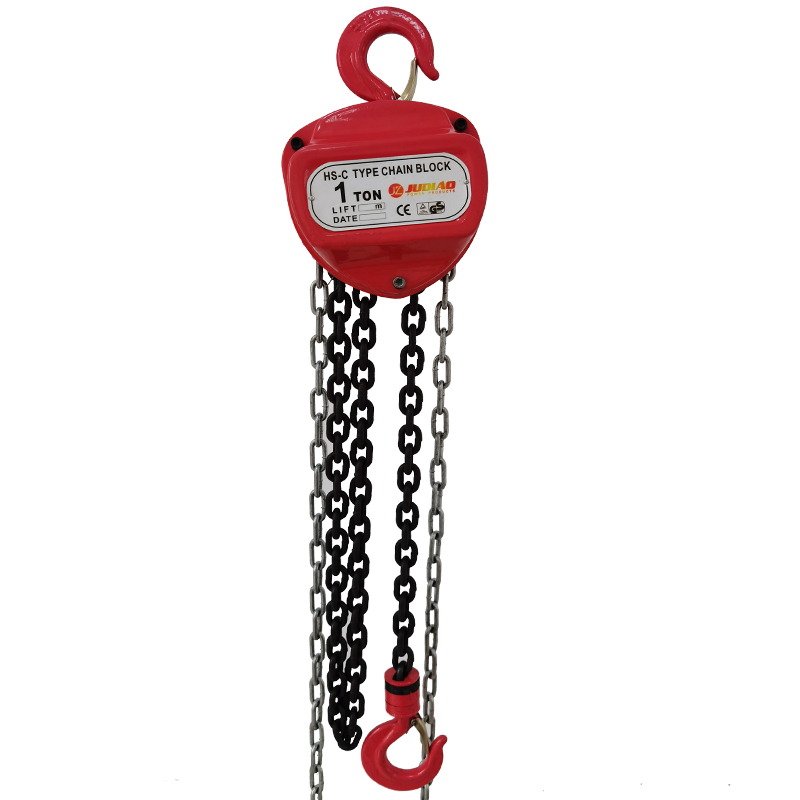


Self-Locking Lifelines Enhancing Safety in Vertical Environments
In the realm of safety equipment, especially in vertical environments such as construction sites, tree care, and mountain climbing, self-locking lifelines have emerged as a crucial innovation. These devices not only ensure the security of individuals working at heights but also significantly enhance the efficiency of rescue operations.
Self-locking lifelines function through a simple yet effective mechanism that automatically engages a locking system when a specific amount of force is applied. This means that if a worker slips or falls, the lifeline will instantaneously lock, preventing any further descent. Unlike traditional lanyards that require manual locking and adjustment, self-locking lifelines offer hands-free operation, making them particularly advantageous in dynamic work environments.
One of the key features of self-locking lifelines is their versatility. They can be integrated into various forms of harnesses and can be used with different anchorage points. This adaptability means that they can cater to a wide range of activities, from industrial work to recreational climbing. Additionally, many self-locking lifelines are designed to be lightweight and portable, allowing for easy transport and quick setup in different job locations.

Beyond their functional benefits, self-locking lifelines contribute to a culture of safety that is essential in high-risk professions. By reducing the chances of human error – such as forgetting to engage a safety device – these lifelines serve as a reliable safety net. Workers can concentrate on their tasks with the confidence that they have a protective system in place.
Moreover, training and awareness are integral to maximizing the effectiveness of self-locking lifelines. Employers must invest in comprehensive training programs to ensure that workers understand not only how to use these devices but also the importance of adhering to safety protocols. Regular inspections and maintenance of the lifelines themselves are equally crucial to ensure they function correctly at all times.
In conclusion, self-locking lifelines represent a significant advancement in safety technology for those working in vertical environments. Their intuitive design, ease of use, and reliability make them indispensable tools in preventing falls and facilitating safe work practices. As industries continue to prioritize safety, the adoption of self-locking lifelines will undoubtedly play a vital role in safeguarding workers and promoting a culture of safety.



